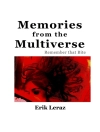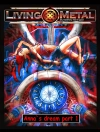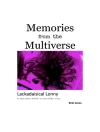In the aftermath of the Great War, a band of artists embarks on a journey traversing space and time. Each is on a different quest, but all are united in a vow of secrecy. Years later, a writer tries to set down an account of the voyage, thereby breaking his vow – only to find words, memories, and his very sense of self beginning to slip from his grasp.A kaleidoscopic narrative reeling between despair and elation, Hermann Hesse’s novel is a profound meditation on creativity and spiritual transcendence.
O autorze
Hermann Hesse (1877-1962) was born in Württemberg, Germany. He resented his pious and repressive upbringing, and was determined to be 'a writer or nothing else’. His writing was greatly influenced by his travels to Asia and through his friendship with psychoanalyst Carl Jung. In 1946 he was awarded the Nobel Prize for Literature for The Glass Bead Game.












